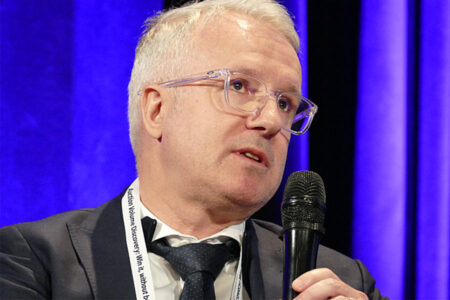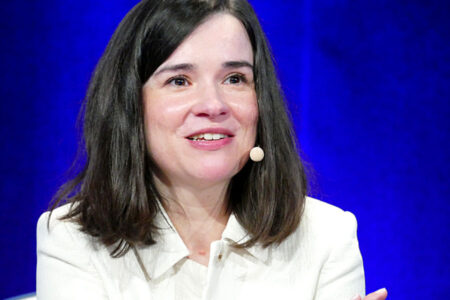On TradeTech Day One, a panel of trading venues and a lone buy-side trader were asked, ‘How can our industry create an efficient European equities market structure that delivers improved liquidity and alpha opportunities for investors?’, with the gist being Europe needs to become more like the US, in order to reduce the level of market fragmentation and reverse declining equity trading volumes.

“We’re proudly in favour of competition,” said Simon McQuoid-Mason, head of equity products UK & Ireland at SIX Swiss Exchange. “In terms of the right level of competition, if you subscribe to micro-economic theory we will reach a point where search costs outweigh the marginal benefits for searching. So I think there has to be right level of competition … Competition breeds innovation and pragmatic innovation breeds more efficiency for market participants, but I think endless fragmentation comes with a cost.”

Managing fragmentation from a trader’s point of view is challenging, explained Fabien Oreve, deputy global head of trading and securities financing at Candriam, as the process of negotiating the fragmented environment inevitably led to information leakage around an order, even when using automated systems such as smart order routers.
“We are seeing comeback of high touch trading today, because sometimes a smart order router isn’t always the best or most efficient way to achieve a trading outcome,” he said. “A smart order router can create information leakage that can create unintended effects … Sometimes our brokers are surprised that I’ve asked them to stop smart order routing for specific trades, because I need to get some positioning.”
He made the case that a consolidated tape would be supportive of an improvement to liquidity as it would increase investor confidence in pricing and broader market transparency.
“The consolidated tape sets the US apart because it is a benchmark everybody looks at, it gives clarity to everyone in the industry about what’s going on across the whole market. We still spend time debating what’s OTC, how much is addressable liquidity, etc. and it would be a lot easier to have that benchmark as a reference in Europe. The other thing that stands out the huge difference in the post-trade landscape.”
This demonstrated that fragmented but monopoly structures had an inverse effect on pricing, which consolidation could potentially reduce.
“In the US you have clearing house and settlement system, versus something like 22 settlement systems in Europe,” he said. “While clearing is less than 1 cent in the respective US and Euro currencies, to settle a trade in the US is about 50 cents versus one to three euros in the EU, so two to six times more expensive.”

Emilie Rieupeyroux, head of market strategy, cash equities and data services at Euronext, made the case that her firm’s consolidation of national exchanges under a single umbrella was in fact tackling this fragmented market.
“At Euronext we have no monopoly, and the consolidation of our trading layer together with Borsa Italiana is something new, it’s an innovation that has been required by our clients,” she said. “So when we [map the fragmented European market] it’s just a nightmare, it means a lot of costs. There is a degree of inefficiency and friction that must be tackled, and this is what we are trying to achieve with our consolidation.”
Oreve noted that trading could move off exchange for block orders where fragmentation did necessitate information leakage, leading to non-comp orders with brokers in order to deliver best execution.
“It’s important to have diversity because diversity means increased competition between trading venues, reduced brokerage fees and reduce trading costs for investors,” he said. “But those are not always easy to achieve. When they trade large orders in equities, we have to combine both low and high touch trading channels, minimising exposure to lit order books because of information engage and if trading with a high level of urgency, trading over the counter (OTC) by looking at indications of interest from brokers.”
The implication of his comments are that market operators could see even less order flow in future, if this state persists.
©Markets Media Europe 2024



